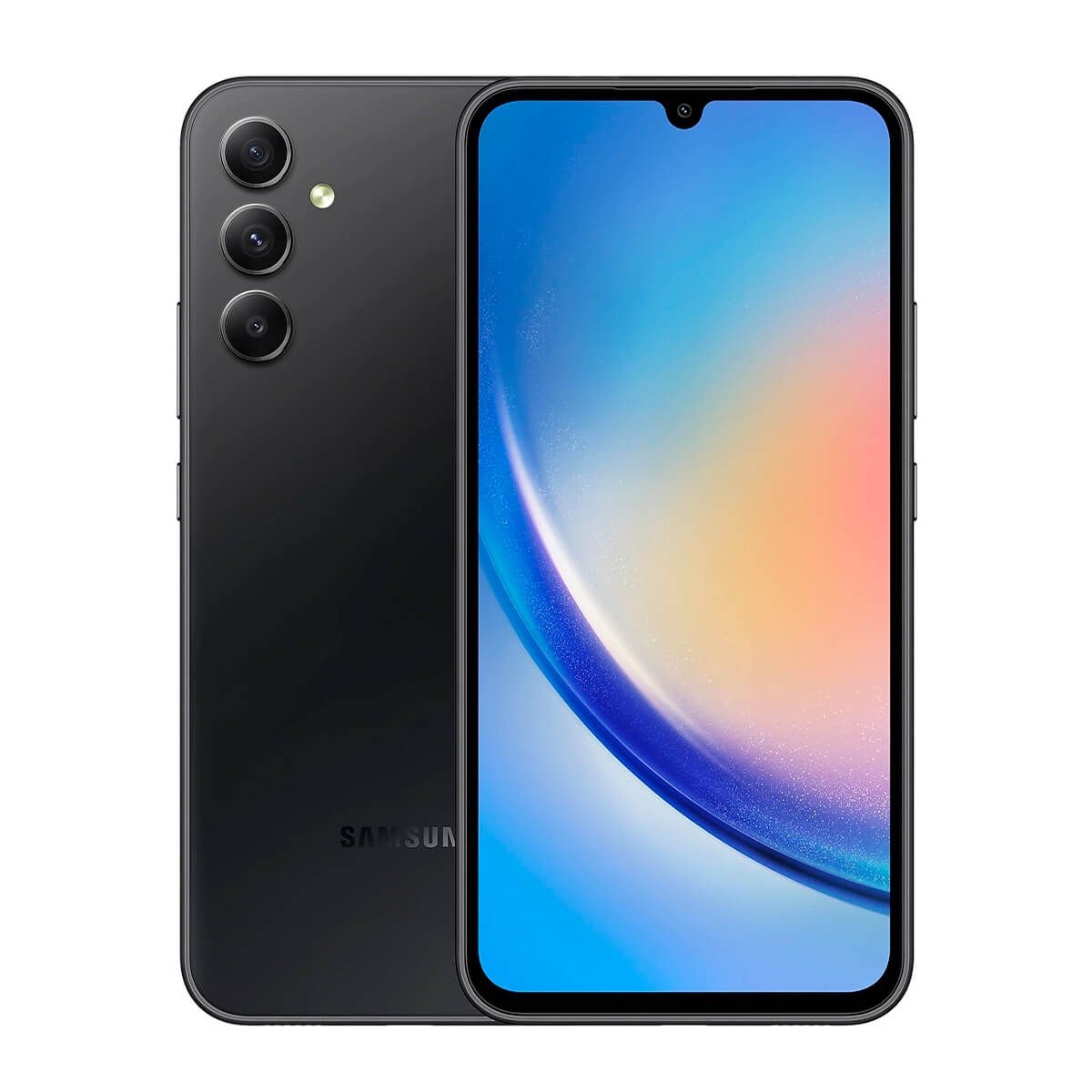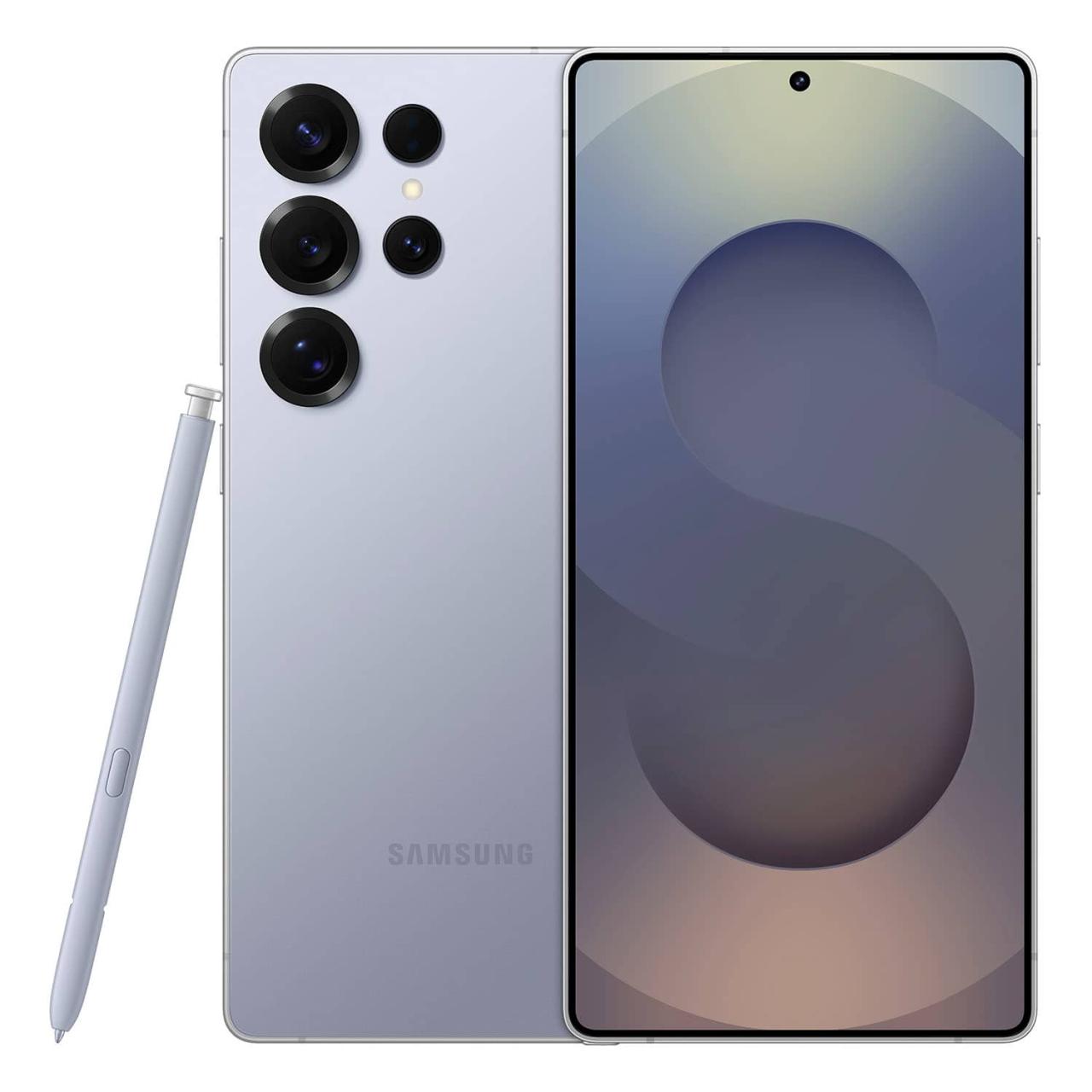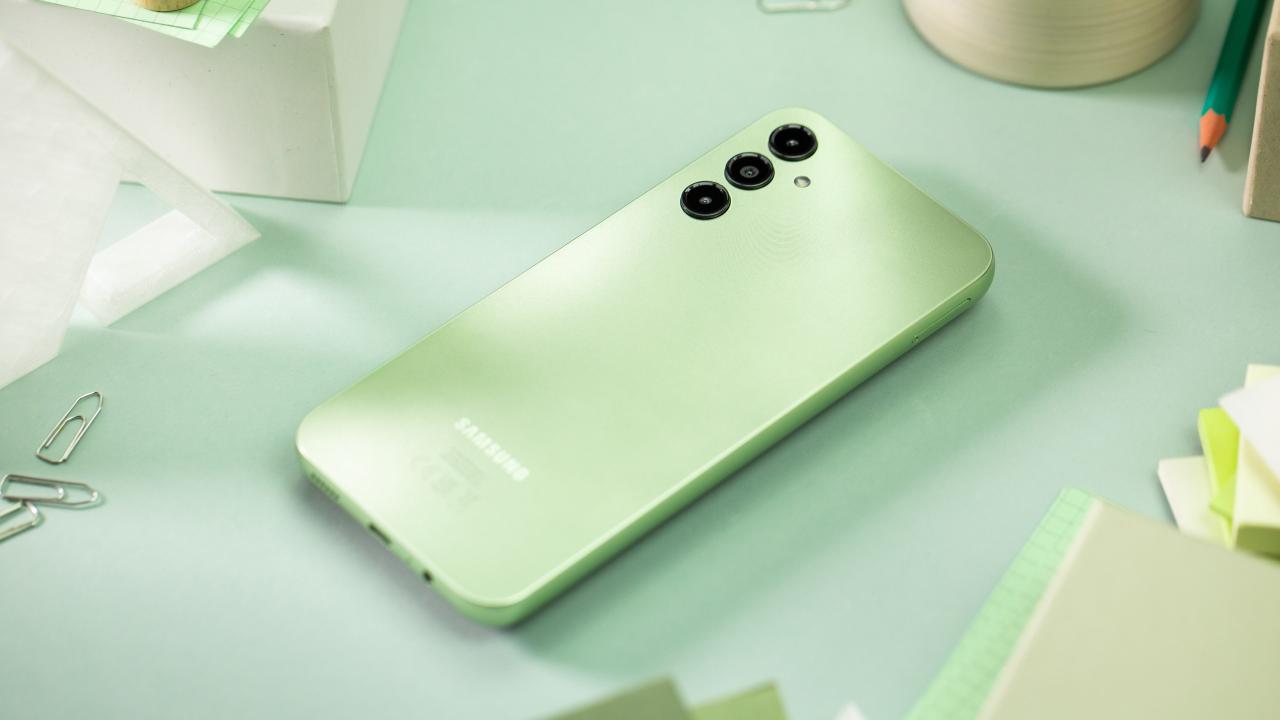samsung galaxy note 7 stands out as a remarkable yet controversial entry in the smartphone market. With its stunning design, innovative features, and powerful specifications, it was poised to be a favorite among users. However, its legacy is marred by significant battery issues that led to a global recall, raising questions about safety and consumer trust.
This device boasted a sleek design, an impressive display, and features that set it apart from its predecessors, making it a highly anticipated product. Unfortunately, its downfall was equally dramatic, as the battery problems overshadowed its technical advancements and altered the trajectory of Samsung’s reputation.
Overview of Samsung Galaxy Note 7

The Samsung Galaxy Note 7 was a flagship smartphone that showcased the cutting-edge technology and design ethos of Samsung. Released in August 2016, it was positioned as a powerful device aimed at professionals and enthusiasts who demanded both performance and stylus functionality. The Galaxy Note 7 garnered attention not just for its specifications but also for its innovative features, making it a key player in the mobile market.
The Galaxy Note 7 came equipped with impressive specifications that catered to a range of user needs. It featured a 5.7-inch Super AMOLED display with a resolution of 1440 x 2560 pixels, resulting in vibrant colors and sharp imagery. Powered by either the Qualcomm Snapdragon 820 or Samsung’s own Exynos 8890 processor, depending on the region, it boasted 4GB of RAM and storage options of 64GB, which could be expanded up to 256GB via microSD. The device operated on Android 6.0 (Marshmallow) and was later upgradable to Android 7.0 (Nougat), ensuring users had access to the latest features and security updates.
Unique Features of Samsung Galaxy Note 7
The Galaxy Note 7 distinguished itself through several unique features that set it apart from its predecessors. These innovative aspects catered to both productivity and multimedia experiences.
– S Pen Enhancements: The Galaxy Note series is renowned for its S Pen stylus, and the Note 7 brought significant improvements. The S Pen was now water-resistant with an IP68 rating, allowing users to write notes even in the rain or while the device was wet. Additionally, it featured a finer tip, enhancing precision for tasks like drawing and note-taking.
– Iris Scanner: Another groundbreaking feature was the inclusion of an iris scanner. This biometric security feature enabled users to unlock their devices simply by looking at them, providing a secure and convenient method of access.
– Dual-Edge Display: Building upon the success of its predecessors, the Galaxy Note 7 featured a dual-edge display. This design not only offered a stunning aesthetic but also added functionality through customizable edge panels, allowing users to quickly access apps and features.
– HDR Video Support: The device was capable of HDR video playback, enhancing the viewing experience by providing richer colors and improved contrast when watching compatible content.
Design and Build of Samsung Galaxy Note 7
The design of the Samsung Galaxy Note 7 was a blend of elegance and functionality, showcasing Samsung’s commitment to premium materials and aesthetics. The device featured a sleek glass and metal construction, with Gorilla Glass 5 on both the front and back, providing durability and a premium feel.
The curved edges not only contributed to a modern look but also improved ergonomics, making the device comfortable to hold. The layout was meticulously designed, with the power button located conveniently on the right side and the volume buttons on the left, allowing for easy access.
A subtle but noteworthy feature was the inclusion of a USB Type-C port, which allowed for faster charging and data transfer, aligning with the trend towards more efficient connectivity standards. The overall design philosophy of the Galaxy Note 7 emphasized not just beauty but also user-centric functionality, evident in its cohesive form that seamlessly integrated advanced technology with everyday usability.
Battery Issues and Controversy
The Samsung Galaxy Note 7, which was released in August 2016, quickly became embroiled in controversy due to significant battery issues. These problems led to numerous incidents of devices overheating and, in some cases, catching fire. The intense scrutiny around the Note 7’s battery performance not only sparked immediate safety concerns among consumers but also had lasting implications for Samsung’s brand reputation and customer trust.
Samsung initially attributed the battery malfunctions to defects in the manufacturing process. The company identified that some batteries produced by Samsung SDI, a subsidiary, contained a design flaw that caused them to short-circuit. In response to these alarming reports, Samsung initiated a global recall of the Note 7. The recall began with an exchange program, where customers were encouraged to return their devices for replacements equipped with batteries from another supplier, Amperex Technology Limited. However, despite these efforts, reports of replacement devices catching fire emerged, prompting Samsung to halt production and ultimately discontinue the Galaxy Note 7 altogether.
Impact on Consumer Trust and Brand Reputation
The fallout from the Galaxy Note 7’s battery crisis had profound effects on consumer trust and Samsung’s overall brand reputation. Prior to this incident, Samsung had been regarded as a leader in innovation and technology within the smartphone market. However, the battery failures led to a significant decline in consumer confidence. The implications of this situation included the following:
- Loss of Customer Loyalty: Many loyal Samsung users reevaluated their allegiance to the brand, leading to increased interest in competitors’ products.
- Financial Consequences: The Note 7 debacle is estimated to have cost Samsung over $5 billion, factoring in recall expenses, lost sales, and damage to its reputation.
- Increased Regulatory Scrutiny: The incidents surrounding the Galaxy Note 7 attracted attention from regulatory bodies around the world, leading to calls for stricter safety standards in electronic devices.
- Brand Image Recovery Efforts: Samsung launched extensive marketing campaigns and safety initiatives post-crisis, aimed at restoring its image and reassuring consumers about the safety of its future products.
Given that battery safety is a critical factor for consumers when choosing devices, the Note 7’s issues served as a stark reminder of the importance of rigorous quality control and testing in product development. The reputation damage was not only immediate but could shape consumer perceptions of the Samsung brand for years to come, emphasizing the need for manufacturers to prioritize safety in their design and production processes.
“The Samsung Galaxy Note 7 incident underscores the vital importance of safety and reliability in technology, influencing consumer choices long after the crisis.”
Market Reaction and Sales Performance

The Samsung Galaxy Note 7 launched to widespread anticipation and excitement, quickly becoming a flagship device for Samsung. Initial market reception was overwhelmingly positive, as consumers praised its innovative features, including the enhanced S Pen, vibrant display, and overall performance. However, this enthusiasm was soon overshadowed by significant safety concerns related to battery malfunctions, leading to a dramatic shift in public perception and sales figures.
The sales performance of the Galaxy Note 7 showcases a stark contrast between its initial success and the aftermath of the recall announcement. In the first two weeks following its release, Samsung reportedly sold over 1 million units globally. However, this momentum faced a critical setback after the recall was announced, as reports of battery explosions became increasingly prominent. Following the recall, Samsung had to halt sales, leading to a reported loss of approximately $5 billion in operating profits.
Sales Figures Before and After the Recall
Understanding the sales trajectory of the Galaxy Note 7 requires a close look at the key statistics that reflect consumer behavior before and after the battery issues became apparent.
The initial sales figures were promising:
- In its first week, the Galaxy Note 7 sold approximately 400,000 units in South Korea alone.
- By the end of August 2016, Samsung announced that they had shipped 1 million units worldwide.
However, the situation deteriorated rapidly:
- After the recall announcement on September 2, 2016, sales plummeted, with reports indicating a drop of 30% in pre-orders in the following weeks.
- Following the second recall in October 2016, sales figures indicated that the Note 7’s market share dropped significantly, with analysts estimating that Samsung lost around 20% of its total smartphone market share during this crisis.
- By the end of the fiscal year, it was reported that Samsung’s smartphone shipments had declined by over 14% year-on-year due to the fallout from the Note 7 incident.
Comparison with Competitors, Samsung galaxy note 7
During the same period of the Galaxy Note 7’s launch and subsequent recall, competitors like Apple and Google were also releasing new devices, further complicating Samsung’s situation.
The following performance indicators illustrate how the Note 7 compared against its competitors:
- Apple launched the iPhone 7 in September 2016, which saw record pre-sales of 78 million units in its launch quarter, largely capitalizing on the negative publicity surrounding the Note 7.
- Google released the Pixel smartphone in October 2016, which gained traction as an alternative flagship device, particularly for consumers seeking a pure Android experience.
- Market analysis indicated that while Samsung’s total smartphone sales fell, Apple and Google experienced significant gains, with Apple capturing an additional 5% market share in the fourth quarter of 2016.
Overall, while the Galaxy Note 7 initially demonstrated robust sales performance and a positive market reaction, the ensuing battery controversy led to a sharp decline in consumer confidence and significant financial losses for Samsung. The long-term implications of these events reshaped the competitive landscape in the smartphone market for years to come.
Legacy and Lessons Learned

The Galaxy Note 7 incident left an indelible mark on Samsung and the smartphone industry as a whole. It not only reshaped the way Samsung approached the design and safety of its devices but also served as a cautionary tale for manufacturers globally. The aftermath of this crisis prompted significant changes in policies, engineering processes, and consumer safety standards, influencing future technological advancements.
The long-term effects of the Galaxy Note 7 incident on Samsung’s future devices are multifaceted. Primarily, Samsung has adopted more stringent quality control measures and enhanced safety protocols to prevent similar occurrences. This shift is evident in its subsequent flagship models, which have undergone rigorous testing for battery safety and performance. Furthermore, the company’s proactive communication strategy has improved, as it now prioritizes transparency with consumers regarding device safety and recalls.
Impact on the Smartphone Industry
The Galaxy Note 7 crisis provided the smartphone industry with crucial lessons in consumer safety and crisis management. In light of this incident, manufacturers have reevaluated their approach to battery technology and safety testing. The following points highlight the significant takeaways from the Galaxy Note 7 case:
- Importance of Rigorous Testing: The incident underscored the need for comprehensive testing procedures for battery durability and safety.
- Consumer Communication: Clear and timely communication during a crisis can significantly impact brand reputation and customer trust.
- Design Considerations: The balance between sleek design and battery safety must be prioritized to avoid trade-offs that compromise user safety.
- Collaboration with Regulatory Bodies: Engaging with regulatory agencies ensures compliance with safety standards and can enhance consumer confidence.
Comparison with Other Notable Smartphone Recalls
The Galaxy Note 7 incident is not isolated; it shares similarities with other major smartphone recalls in history. The table below compares the Galaxy Note 7 with other notable smartphone recalls, highlighting key factors such as the cause, impact, and response.
| Smartphone Model | Year | Issue | Impact | Response |
|---|---|---|---|---|
| Samsung Galaxy Note 7 | 2016 | Battery overheating and fires | Global recall; loss of consumer trust | Full recall; extensive communication; improved safety protocols |
| Apple iPhone 6 Plus | 2016 | Bending issues | Consumer backlash; negative media coverage | Increased quality testing; improved materials |
| HTC One (M7) | 2013 | Camera lens scratching | Moderate user dissatisfaction | Revised production processes |
The Galaxy Note 7 incident serves as a pivotal reference point for both Samsung and the broader smartphone industry, reinforcing the importance of prioritizing user safety while navigating the complexities of technological advancement.
Frequently Asked Questions
What were the main features of the samsung galaxy note 7?
It featured a 5.7-inch Quad HD display, S Pen stylus, iris scanner, and waterproof design.
Why was the samsung galaxy note 7 recalled?
The recall was due to battery defects that caused some devices to overheat and catch fire.
What were the sales figures like after the recall?
Sales plummeted significantly after the recall, with Samsung losing billions in revenue.
How did the galaxy note 7 affect Samsung’s future products?
The incident prompted Samsung to implement stricter safety and quality control measures for future devices.
What lessons were learned from the galaxy note 7 incident?
The smartphone industry recognized the importance of rigorous testing and consumer safety in product development.
The Samsung Galaxy Note10 stands out with its powerful performance and sleek design, making it a favorite among tech enthusiasts. With features like a vibrant display and advanced camera capabilities, it caters to both productivity and creativity, ensuring users can maximize their smartphone experience effortlessly.
For those looking for an earlier model, the Samsung S 9 Plus remains a strong contender. Its dual-camera system and impressive display offer a great balance of functionality and aesthetics, making it a reliable choice for users who appreciate quality without compromising on performance.